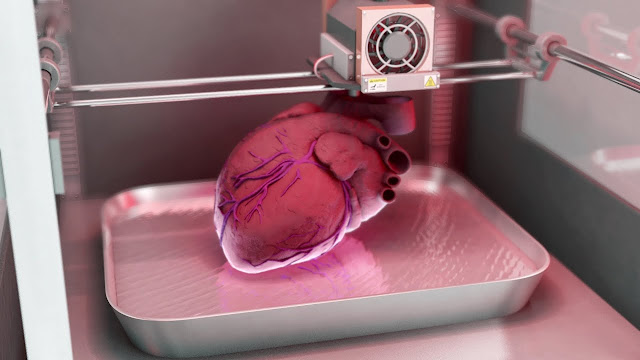3D Printed Medical Devices are now widely used in the field of implants.
3D printing technology is now widely used in the industry of implanted medical devices. This study examines the manufacturing procedure, materials, and some representative products of 3D-printed implanted medical devices and evaluates and summarises the development trend of 3D-printed implantable medical devices based on the characteristics of 3D printing technology.
In the healthcare
industry, 3D printing, also known as additive manufacturing, is used to produce
a variety of medical items, including orthopedic and cranial implants,
surgical instruments, dental restorations including crowns, and external
prostheses.
Orthopedic and cranial
implants, surgical tools, dental restorations including crowns, and external
prostheses are among the medical items created by 3D printing.
Additive
manufacturing includes 3D
Printed Medical Devices Market. Although there are several kinds of
additive manufacturing, the terms 3D printing and additive manufacturing are
frequently used synonymously. For ease of discussion, both shall be referred to
as 3D printing here.
A three-dimensional
object is produced using the 3D Printed Medical Devices process by adding
successive layers of raw materials. Layers are added one on top of the other
until the object is finished. A digital 3D file, such as a computer-aided
design (CAD) sketch or a magnetic resonance image, is used to create an object
(MRI).
Designers may simply make
adjustments thanks to 3D Printed Medical Devices flexibility
without having to set up additional tools or equipment. Additionally, it
enables manufacturers to design devices with extremely complicated internal
structures or devices that are anatomically tailored to a patient. These
features have greatly increased interest in 3D printing medical devices and
other things, such as food, furniture, and automobile parts.
For decades, from
research and development to production, 3D printing has influenced the
development of novel solutions and medical devices. In order to challenge the
status quo of the healthcare sector, more businesses are obtaining access to 3D
printing as prices for printers drop and investments in hardware and materials
pick up speed.
Medical device designers
and producers can cut costs and market entry time by bringing 3D printing in-house.
The innovation in final-use components, more flexible product development, and
the ability to make tailored medical devices—which are not possible to make
using conventional methods—are all made possible by the technology.
Watch Video 3D Printed Medical Devices Market: https://lumen5.com/user/poonam-165/3d-printed-medical-d-appc3/




Comments
Post a Comment